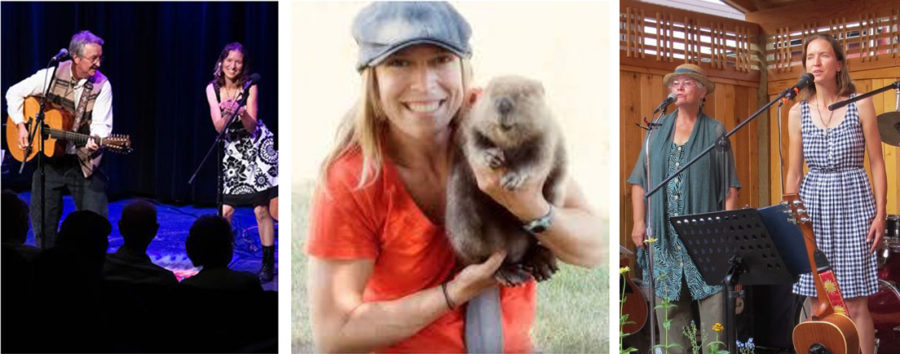Tester Post
Does this work?
Can I save changes?
Does this work?
Can I save changes?
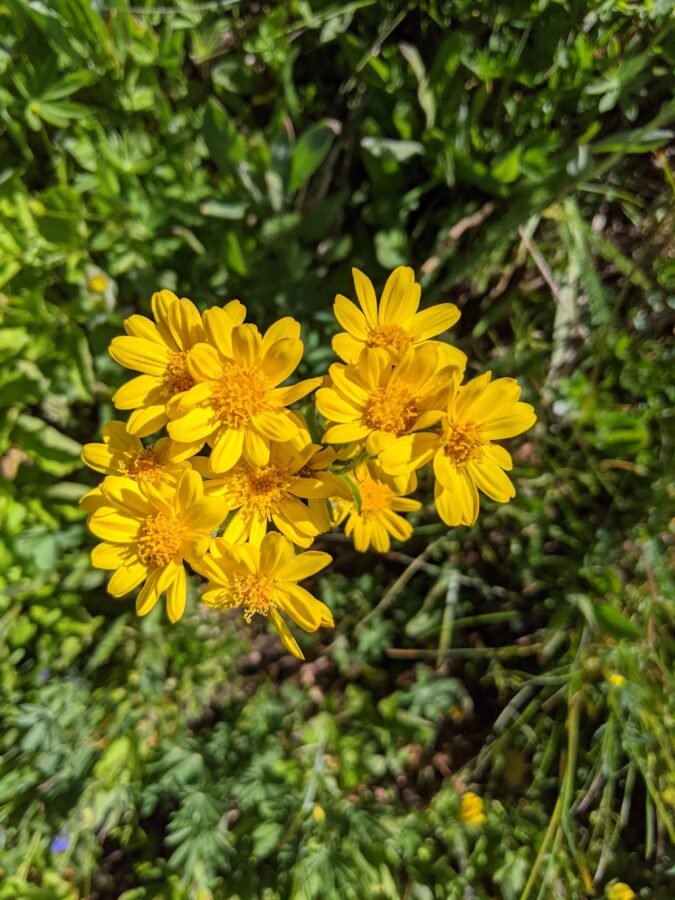
On Sunday, July 11th, 2021 fifty runners and walkers assembled at Lost Lake for the 3rd Get Lost! Trail Race, hosted by Okanogan Highlands Alliance (OHA). Supported by friends, family, and a host of volunteers stationed throughout the trails, participants navigated either a three-mile, a seven-mile, or a 14-mile race course, while the kids took on a fun run on OHA’s Lost Lake Preserve. There was something for everyone!
Bill Kresge, participating for his third time says, “it is a beautiful venue, the woods were shady and cool, the lake great for a dip after the run or walk. What could be better? You get to support a great organization, spend the day with wonderful people, all while challenging yourself on a 3, 7, or 14 mile run (or walk).”
The atmosphere on the race course was relaxed, supportive and friendly, with both experienced and first-time trail runners hitting the trail together. Runners broke course records, they set new personal records, and had fun doing it. Danika Smith of Tonasket reports, “It wasn’t even a question whether I was going to participate in the annual OHA event. As a family we look forward to it every year. Finishing the race feels like a victory, and it is really rewarding to support an organization that helps to preserve some of my most favorite places in our region.” Korbin Forsman (Republic) set a new men’s course record for the 5k (3 mile) race, with a time of 22:23, and Jody Evans (Oroville) set the women’s record at 28:09. The seven-mile women’s title was taken by Chelsea Shaefer (Oroville), who set a new course record of 1:07:13, while Rich Beukema (Wenatchee) held onto his title, winning the men’s division with a time of 58:02. Kirsten Casey (Poulsbo) blazed through the course, setting a new women’s in the 14-mile race with a time of 2:10:11, and Sibley Simon (Santa Cruz, CA) led the men’s division, finishing in 2:40:08. Special recognition goes out to the fleet of kids under 12 who challenged themselves on the 5k and in the kids race! Full race results can be found at: https://ultrasignup.com/register.aspx?did=83316.
Trail races have many moving pieces, and this event happens smoothly thanks to volunteers who donate their time, expertise and resources every step of the way. Volunteers took on: managing runner registration and designing unique race merchandise (Rick Massey), clearing and marking the trail in advance of the race (Rose and André Corso, Marija Welton, Owen, Andrew and Jordon Weddle and Indigo Tetrick), providing aid stations and runner support during the race (Rick Massey, Charles Walker, Sarah Kaiser, Marija Welton), preparing and serving a nutritious and delicious post-race meal (Hanna, Sarah and David Kliegman), and cleaning up after the event (too many people to count). The kids had an amazing day, thanks to Tyler Graves, Jordon Weddle, Alisa Weddle, John McReynolds, and Norm and Diana Weddle who guided kids through their race, made shaved ice, and helped with a piñata! Kate Miller and Kevin Lepley stepped into many roles throughout the day, from timing, to maintaining an aid station, to photographing the event.
Many thanks go out to the business sponsors who helped to support this year’s runners. Lee Frank’s Mercantile, the US Forest Service, and North40 Outfitters contributed to race prizes, and Big 5 Sporting Goods contributed to runner nutrition.
Jen Weddle, co-director of OHA says, “The Get Lost Race is a great representation of how we can be inspired by the natural world and by each other. The Okanogan Highlands are a beautiful place to meet up, spend time outside, and challenge one another to reach new heights. We want to thank everyone for their help and participation in supporting the event and OHA, and we hope to see you out on the course next year!”
Runners came from far and wide to enjoy Lost Lake, support outdoor recreation, and learn more about Okanogan Highlands Alliance. OHA is a non-profit organization that works to educate the public about watershed issues, including the environmental threats of large-scale mining. For more information go to okanoganhighlands.org
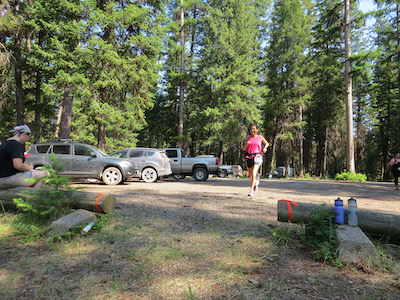
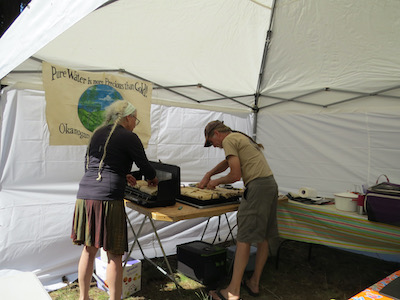
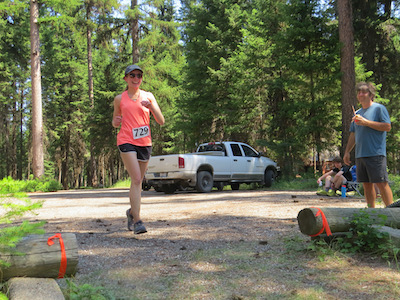
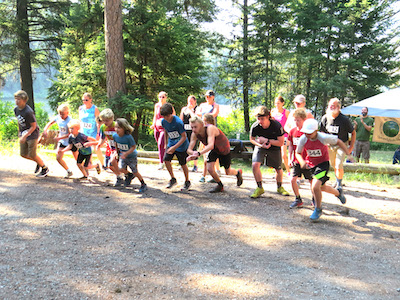
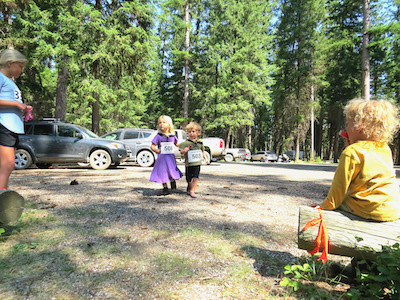
Over this past year OHA has connected with a group of organizations and agencies who are all invested in caring for trails in northeast Washington. Kristin Ackerman (Pacific Northwest Trails Association) has been instrumental in making sure that Okanogan County is included in the trails coalition (thank you Kristin and the PNTA!) One outcome of this effort is a website, created by The Tri-County Economic Development District where you can look and find LOTS of opportunities to volunteer for trail work (including OHA’s trail work parties), both near and further afield in NE Washington.
Click here for the online calendar created and maintained by of trail work parties (including OHA’s trail days).
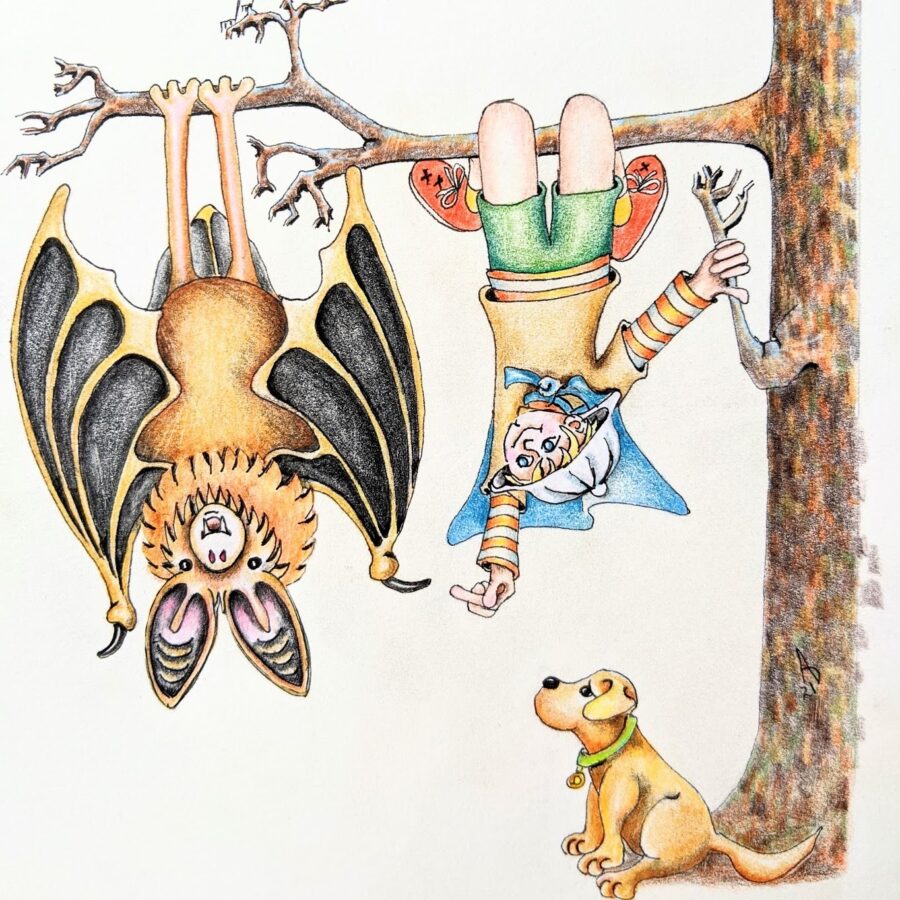
How do you feel when someone starts talking about bats? Warm and fuzzy? Uneasy? Disgusted? Cautiously curious? In the fourth episode of the Highland Wonders Podcast, The Secret Life of Bats, Roger Christophersen of the North Cascades National Park addresses our ideas about bats, and sparks a sense of wonder at these flying, fuzzy, leathery insectivores. To learn more about bats, how and where they live, and how we all can support bat populations (and why we should), check out the Highland Wonders Podcast wherever you normally get your podcasts! And now, a story from our intrepid Nature Detective. Enjoy!
Jack, Nature Detective: season 1, episode 4: The Secret Life of Bats
Jack’s family is enjoying a weekend camping in the highlands, escaping the heat of summer for a few days, and exploring the forests and lakes of the Okanogan. As they sit around the campfire, they notice something winging through the air in the little clearing, fluttering here and there. It’s flight pattern seems different from a bird, and the creature itself is bigger than the insects that Jack normally sees. “Eek! It’s a bat!” Jack’s mom exclaims. Jack gazes into the fire, thinking.
“What are bats, anyway?” Jack thinks about what he knows about bats, trying to sort them into a group with other animals he knows. Recently, he had a chance to get a close-up look at a bat during the day, as it clung to his house, sleeping. It was definitely fuzzy, with a pointy little snout.
“I don’t think they are birds because they don’t lay eggs. If they DID lay eggs, how would that even work? They hang upside down, and don’t have nests. The eggs would just crack on the ground! That would be bad.”
“Are they insects? Some insects are furry, like bumble bees. Maybe bats are insects?” Jack is not sure. He thinks, “Bees and other bugs don’t take very good care of their babies. But I heard that bat moms carry their babies around and feed them.” Jack glances over at his mom, who is giving his little sister a piggy back over to their tent. “Maybe bats are more like people. Mammals. Mammals?!? FLYING MAMMALS?!?! Is that possible?”
When they get home, Jack asks his mom to look up pictures of bats on the internet. One image of a bat skeleton pops up and Jack notices that the wing looks a lot like a hand – it even has a little thumb! He also notices their ears, “My what big ears you have, little bat!” Jack cackles at his own Little Red Riding Hood reference. So far, the evidence points to bats being mammals. But Jack still has a lot of questions. “Do bats have predators? Why do bats have big ears? Do they hibernate in the winter or go south like birds do? How high can they fly? I can’t wait to learn more!” Luckily, Roger Chistophersen, of the North Cascades National Park has the answers to some of Jack’s questions in the most recent, very fascinating, Highland Wonders Podcast!
Stay tuned! Jack will continue to solve nature mysteries on topics related to upcoming episodes of the Highland Wonders Podcast. Episodes and stories can be found at: okanoganhighlands.org/education/highland-wonders/ or on Apple Podcasts, Google Podcasts, Spotify, or wherever you find your podcasts.
The Backstory on Jack:
Meet Jack, Nature Detective: Jack is inquisitive, skeptical, creative, quirky, determined, and a friend to ALL critters. His observations of subtle clues and brilliant reasoning make him, quite possibly, one of the world’s most talented nature detectives. Like most of us, Jack’s understanding of the world comes from his own life experiences. He is five years old, and his investigative skills are top notch. If you were to stop by his house you might find our Nature Detective in the midst of an experiential study of squirrel movement, or determining the optimal shelter and food stores for his new pet grasshopper, named Grasshopper. Today, we will share a mystery that Jack uncovered in the Okanogan Highlands. What clues can you uncover in the story?
OHA is delighted to ring in the new year with Episode 3 of the Highland Wonders Podcast: Bighorn Sheep of the Okanogan. In this hour-long episode, Jeff Heinlen of the Washington Department of Fish and Wildlife shares his fascinating expertise and entertaining stories of bighorn sheep, the history of the herds in our valley, and gives an update on how our local herds are currently doing. And now without further ado, a story from Jack, Nature Detective!
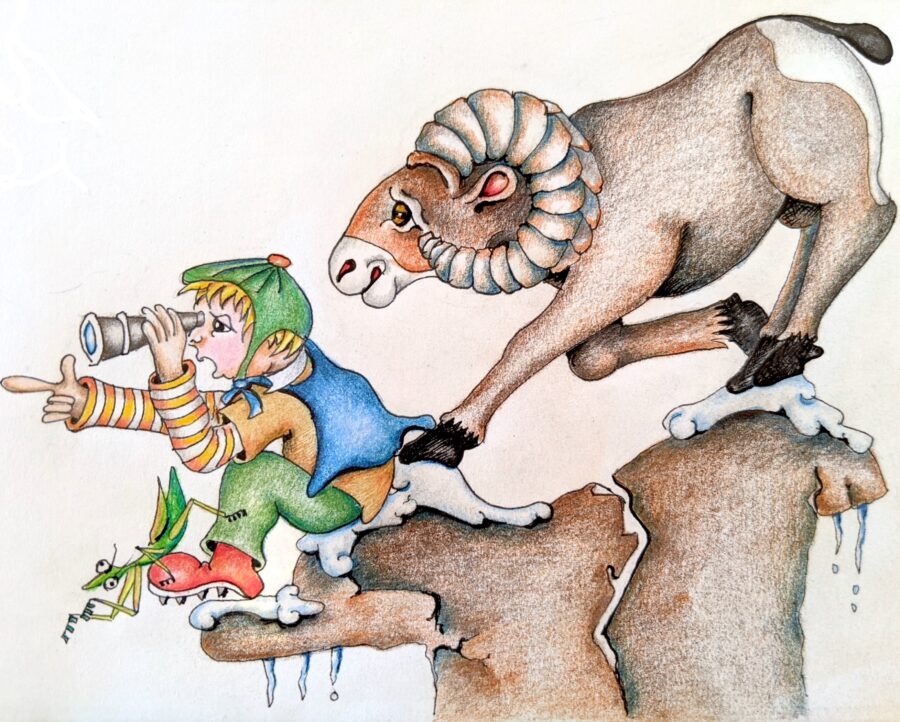
Jack, Nature Detective: season 1, episode 3: Bighorn Sheep of the Okanogan
Meet Jack, Nature Detective: Jack is inquisitive, skeptical, creative, quirky, determined, and a friend to ALL critters. His observations of subtle clues and brilliant reasoning make him, quite possibly, one of the world’s most talented nature detectives. Like most of us, Jack’s understanding of the world comes from his own life experiences. He is five years old, and his investigative skills are top notch. If you were to stop by his house you might find our Nature Detective in the midst of an experiential study of squirrel movement, or determining the optimal shelter and food stores for his new pet grasshopper, named Grasshopper. Today, we will share a mystery that Jack uncovered in the Okanogan Highlands. What clues can you uncover in the story?
“Hey dad, want to hear a riddle?” Without waiting for an answer, Jack recites, “What has a hard head, loves to climb and likes to lick salt?” His dad knows immediately: “Your sister.” “No!” Jack yells. “A wild great horn…” “…Owl?” his dad finishes for him. “No!” Jack yells again. “They have four legs, no wings, and huge, curly horns. We saw one on our hike today!”
Today Jack and his cousins adventured up the Whistler Canyon Trail near Oroville. After climbing the long, steep path, they stopped on a bench to catch their breath and look around. The kids brought their binoculars, so they scanned the hillsides and cliffs for signs of life – and there it was.
Silhouetted against the sky, high up on the edge of a cliff, an animal was standing very still. As Jack reported, it had four legs, a sturdy body, no wings, and a huge, curled head ornament. As they watched, the animal picked its way along the cliff, and the kids gasped to see it balancing so precariously on the rocks. “How does it not tip over? Its head looks so heavy!” Jack wondered out loud. “And how does it climb those rocks like that? I would fall!” As they watched, more animals “appeared” (they had been there the whole time but were so well camouflaged and so still that the kids hadn’t seen them). Some were laying down, others munching on something. Jack was curious why different animals had different size horns.
What was this amazing creature? Jack, the Nature Detective used his trusty process of elimination, “It can’t be a cat or a dog – they don’t have horns. It can’t be a goat – they are white, and live high in the mountains. Could it be a deer? Definitely not!” If there is one thing Jack knows, it is that: deer have antlers, sheep have horns.” Jack’s cousin, Fred adds, “Those have to be horns because antlers fall off, and those horns look like they have been growing for a loooong time.” The cousins decided that it must be a sheep! Elliot, who is a little older than the others, has seen signs along the road, warning drivers to watch out for “great horned…no, wait…bighorn sheep!” Jack, the Nature Detective is satisfied for now, but he is excited to listen to what Jeff Heinlen, from the Department of Fish and Wildlife, has to say about the bighorn sheep of Okanogan County. That should help him know for sure. Stay tuned! Jack will continue to solve nature mysteries on topics related to upcoming episodes of the Highland Wonders Podcast. Episodes and stories can be found at: okanoganhighlands.org/education/highland-wonders/ or on Apple Podcasts, Google Podcasts, Spotify, or wherever you find your podcasts.
Dear Friends,
As snow falls in the Okanogan Highlands, blanketing each twig and branch in a fluffy coat, we are looking back at a year that has been anything but usual. From filing a Clean Water Act citizens suit to reimagining the ways that we do most of our work, it’s been quite a year. Perhaps more than ever we are thankful for the inspiration, resourcefulness, and steadfast support of our board, our members, and our community far and wide to be able to work to protect and restore the highlands and provide a window into the natural world as we navigate life in a pandemic.
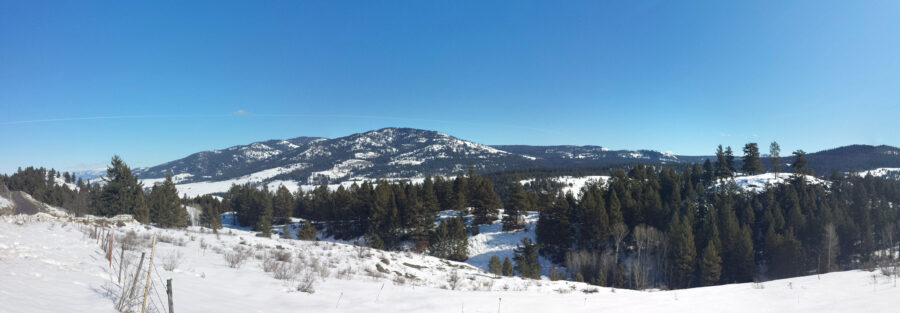
Your support at this time is critical to hold the companies responsible.
OHA’s Clean Water Act suit is intended to enforce limits imposed by the mine’s discharge permit that require the waters near the mine to be almost as clean as they were before mining. The lawsuit is still in early stages, but it has already been met with legal resistance from the mining companies, through motions to dismiss and a baseless counterclaim against OHA. Despite the companies’ delay tactics, distractions, and attempts to intimidate OHA, the data and the law are clear. The companies are in flagrant violation of their permit, and we are working to hold them accountable for their pollution.
As always, OHA will use scientific analysis of the data to support our efforts. We are building our team of technical experts, and your support will enable us to hire them to dive deep into the data, create careful analyses, and present their findings to the court while facing the company’s team of attorneys.

Please consider expanded support to hire the experts needed to bolster this legal effort.
COVID has demanded, and continues to demand, creativity and flexibility in all of our lives. OHA’s efforts to engage the community in the natural world are no exception. After taking stock of the situation and assessing priorities this spring and summer, we are excited to be stretching into new forums to engage the public in the wonders of the Okanogan Highlands. We are creating videos and podcasts, writing stories, learning together about highland wildlife through our social media platforms, and conducting maintenance on local trails. We are also developing new projects such as: our Community Art Project that will install artworks reflective of the Okanogan Highlands’ biological diversity, and our Lost Lake Preserve Wetland Boardwalk that will enable visitors to appreciate the wetland in a low-impact way.

With your support OHA will build creative ways to help people connect with nature.
Our efforts to improve highland habitats is ongoing. We continue to be inspired by the positive changes happening at the Triple Creek restoration site, as our plantings flourish, the streambed gets closer to the floodplain, and the habitat becomes a healthier wetland. This spring the stream overflowed its banks in part of the project area, showing connectivity for the first time since we started our work there!
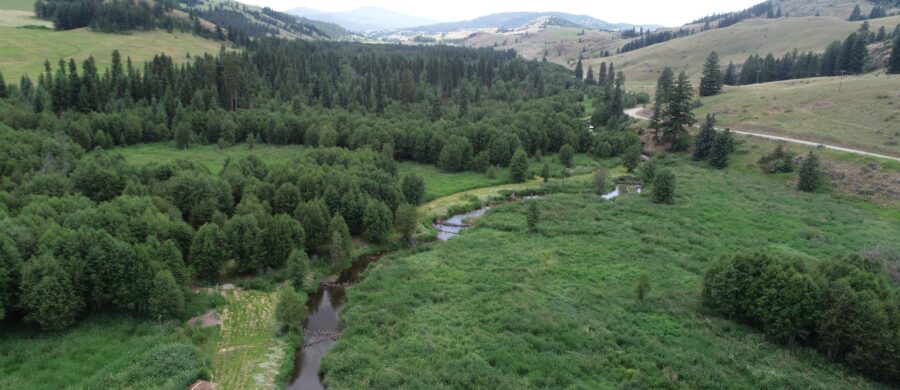
Your donations enable OHA to continue our restoration work in the long term.
Life in the COVID era is a grand experiment, but OHA’s commitment to our mission is unwavering. We are taking action to prevent environmental degradation on Buckhorn. We are fostering the conservation of natural resources throughout the highlands. We are engaging our community with nature in the hopes that people will work to protect the precious earth on which we all depend.
As we look forward to 2021, we are filled with optimism that has come with the prospect of a new administration in the White House. We are filled with hope of the time when we will be able to gather again, safely, with friends and family. We are filled with determination as OHA mounts a legal effort to ensure that our area is not left with the toxic remnants of here-today-gone-tomorrow mining companies. OHA is steadfast in our efforts to protect our environment and build our community.
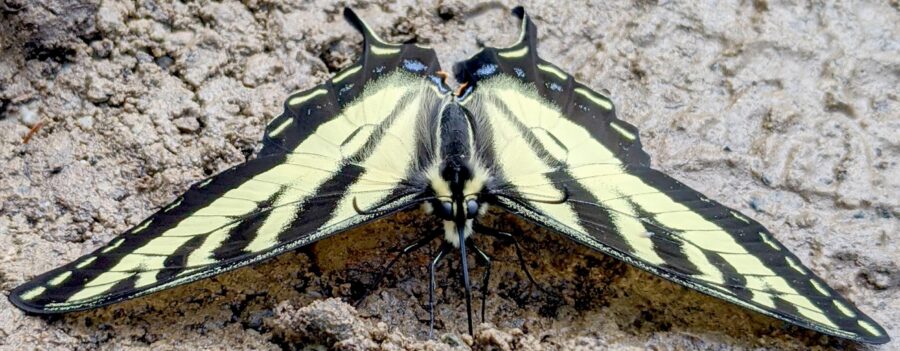
In the spirit of optimism, hope, and determination, please give generously. We can’t do this work without you.
Onward!
Jen Weddle and Sarah Kliegman, co-Executive Directors
P.S. OHA is a 501(c)3 nonprofit organization. Your contribution may be tax deductible. A provision in the 2020 CARES Act enables taxpayers who take the standard deduction to claim a charitable deduction of up to $300 ($600 if married) for cash donations made in 2020. Other benefits apply for those who itemize charitable donations.
Meet Jack, Nature Detective: Jack is inquisitive, skeptical, creative, quirky, determined, and a friend to ALL critters. His observations of subtle clues and brilliant reasoning make him, quite possibly, one of the world’s most talented nature detectives. Like most of us, Jack’s understanding of the world comes from his own life experiences. He is five years old, and his investigative skills are top notch. If you were to stop by his house you might find our Nature Detective in the midst of an experiential study of squirrel movement, or determining the optimal shelter and food stores for his new pet grasshopper, named Grasshopper. Today, we will share a mystery that Jack uncovered in the Okanogan Highlands. What clues can you uncover in the story?
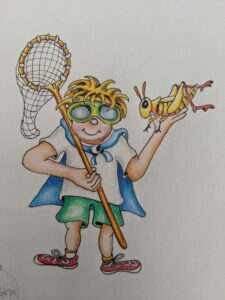
One day in October, Jack, the Nature Detective, is out on a hike in the Okanogan Highlands with his family. The needles of the Western Larch are lighting up the flank of Bonaparte Mountain with yellow, bright against the dark green of the other conifers. The afternoon is warm and Jack’s whole family is enjoying the way the sunbeams filter down through the forest canopy.
Suddenly, Jack detects something. His eyes open wide and he whispers, “Who’s out there? Mom? Is someone watching us?” Everyone stops and looks around, no one is there, just the quiet forest. But the whole family kind of feels like there is something there, so they come to a full stop and really look around. There is a fallen tree, leaning steeply against its neighbor. The trees are tall in this place – and big around. Some have broken off way up in the air. But no one sees any sign of eyes watching them.
Jack’s mom says, “Don’t worry, Jack. Sometimes when you are outside, it really feels like something is watching you. Maybe animals are watching. The creatures that live in these woods are specially adapted to be camouflaged in this habitat. The shapes of their bodies and their colors blend right into the shapes and colors of the forest. They stay very still, so our eyes just slide right past them without even seeing them. Their camouflage keeps them safe.” Just a little way farther on, Jack stops again, staring at a splotch of white on the ground, and, looking closer, he notices small gray lumps that look a bit furry, and a little bit…bony. What is this? Does it have something to do with that creepy feeling of being watched?
This is a nature mystery and, fortunately, the Nature Detective is on the job. He pulls out his sample jars, some forceps, and a hand lens, and collects the gray lumps for analysis at home.
Back at home, Jack dons his lab coat, goggles, and protective gloves and examines the gray lumps. He uses the forceps to pull out a pile of tiny bones. He painstakingly counts the bones and declares that this is undoubtedly the droppings of a hungry rodent eater.
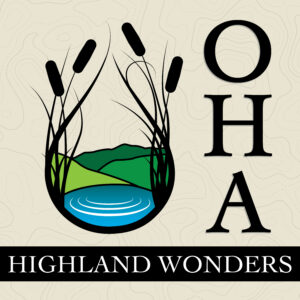
He considers his clues: forest habitat with big trees, snags, and leaning trees, a creature that eats rodents and lives in the Okanogan Highlands. He remembers that feeling of being watched. Jack’s hypothesis is that this nature mystery is likely an owl, but it could be a coyote, weasel, or snake, and he is not quite willing to dismiss the possibility that it could be a baby velociraptor or a saber tooth tiger. Do you think Jack’s owl hypothesis is correct? What other evidence would you need to verify Jack’s forest find? To learn more, check out the new podcast, Highland Wonders, produced by Okanogan Highlands Alliance. The first episode, Great Gray Owls: The Phantom of the North, features Matt Marsh, wildlife biologist with the US Forest Service in Tonasket. You can find the podcast at any of the following apps: Apple Podcasts, Spotify, Breaker, RadioPublic, Pocket Cast, Google Podcasts.
Stay tuned! Jack will continue to solve nature mysteries on topics related to upcoming episodes of the Highland Wonders Podcast. Episodes will be released throughout the winter, and accompanying mysteries will be posted on OHA’s website.
We hope you will join us for the last indoor event of the season! We will screen The Beaver Believers, by Sarah Koenigsberg. This feature documentary has been widely recognized for the story it weaves of the engineering feats of North America’s largest rodent and the people who are devoted to them. It is a hopeful story of resilience in the face of climate change, and it even features some familiar Okanogan County faces! We will also be featuring an update on OHA’s Triple Creek Restoration project. There we are working to imitate the work of the beaver.
Everywhere you look in the Okanogan Highlands you can see evidence of the movement of glaciers. The trick is knowing what to look for! On March 6, CWU geography professor Karl Lillquist used local landscapes and landforms to demonstrate how glaciers and other factors shaped our region during the last glaciation in our area, 12,000-18,000 years ago.
Okanogan Highlands Alliance (OHA) and Okanogan Land Trust (OLT) are excited to be co-hosting three-part series of educational events focused on geology. OHA hosted the first event on Friday, March 6th, when Dr. Karl Lillquist returned to Tonasket for the Highland Wonders presentation. OLT will host the second event at some point in the future, but it has been postponed to protect public health. When we are able to resume public events, Bruce Bjornstad will present as part of the OkaKnowledgy lecture series in Okanogan. The third event, also led by Dr. Lillquist, will take participants on a field trip in the Highlands, hopefully this summer! All three events will highlight the fascinating geological processes shaping our hills and valleys. The indoor events are free and open to all; the field trip will require pre-registration with priority given to OHA and OLT members. Anyone can become a member!
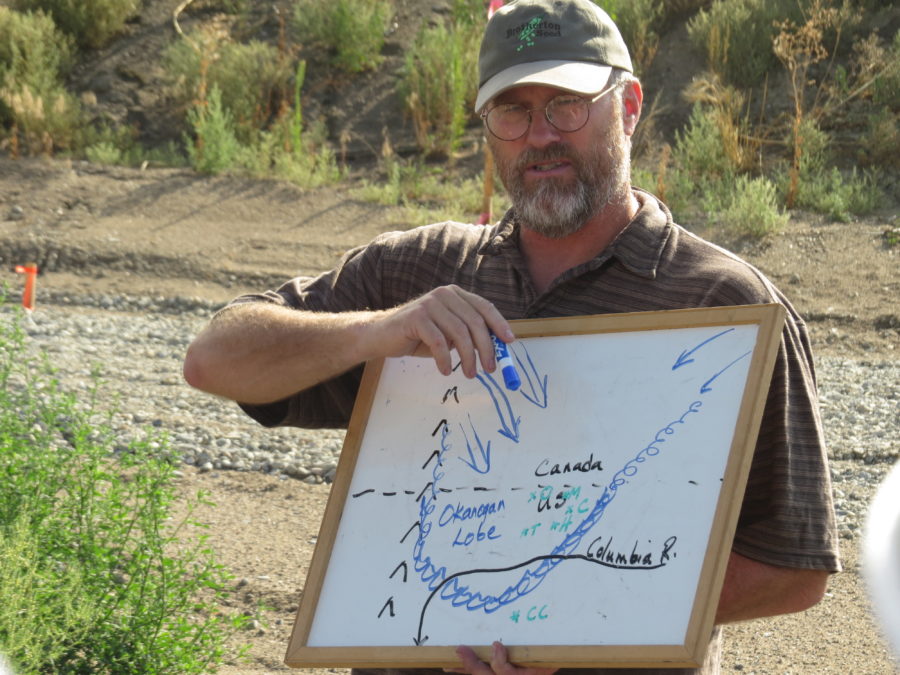
Friday, March 6, Community Cultural Center of Tonasket:
Dr. Lillquist led the audience in “explor[ing] the origins and evolution of landscapes and landforms in the Okanogan Highlands.” He described how the Okanogan Highlands landscape has been sculpted over time by glaciers and other forces. Specifically, he explained how “The Okanogan Highlands, [which is] characterized by rolling uplands, punctuated by a diverse array of valleys…has been shaped by various tectonic, weathering, landslide, stream, glacier, and wind-related processes.“
Dr. Lillquist is a professor in the Geography Department at Central Washington University, and has vast experience exploring and teaching about the geology of our state. His area of expertise is geomorphology, a field focusing on landforms and how they originated. Throughout our three-part series, we hope that you will join us in looking at the Highlands landscape through geologic time — you might never look at our highland hills and valleys the same way again!
Highland Wonders events feature the natural history of the Okanogan Highlands and surrounding areas. OHA offers educational programming on the first Friday of the month from November through April. The presentations, which start at 6:30 pm, are free to the public (donations are welcome), and clock hours are available for educators. The events take place at the Tonasket Community Cultural Center, and dinner is available before the presentations. (meat and vegetarian options available, $10 a plate).
For more info, or to become a member of OHA, visit our support webpage, or contact jen@okanoganhighlands.org (509-429-4399). For more info about OLT, visit: okanoganlandtrust.org.
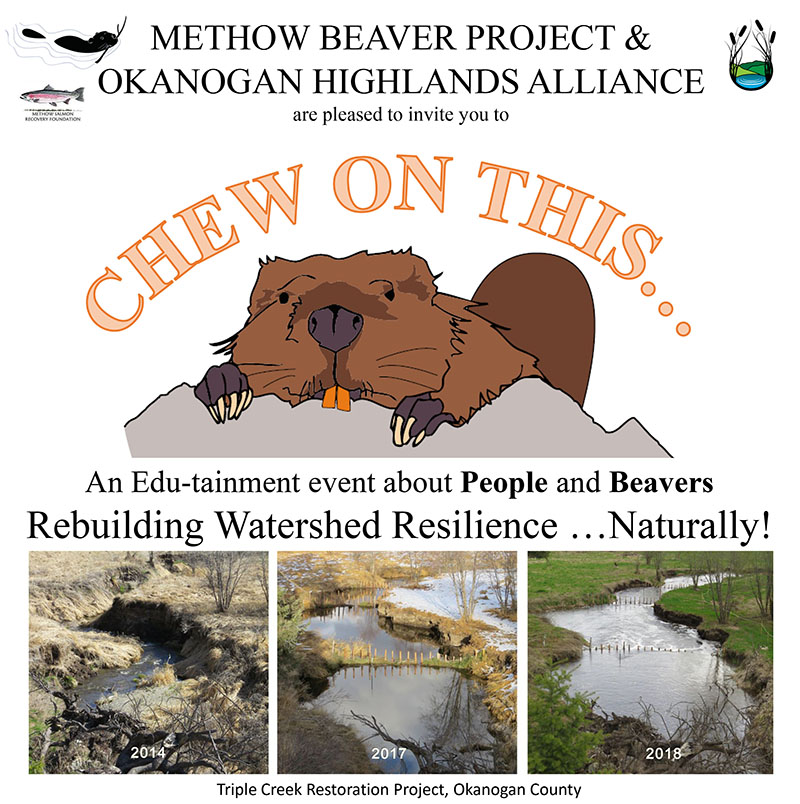
101 S. Glover St, Twisp, WA
An Edu-tainment event about People and Beavers Rebuilding Watershed Resilience …Naturally!
METHOW BEAVER PROJECT & OKANOGAN HIGHLANDS ALLIANCE
are pleased to invite you to join special guests Julie Vanderwal, Ken Bevis, Sandy Vaughn & Sarah Koenigsberg for an evening of music, engagement, joy & learning about people & beavers teaming up for watershed restoration!
For more info www.methowbeaverproject.org
General Admission – Suggested Donation $10
